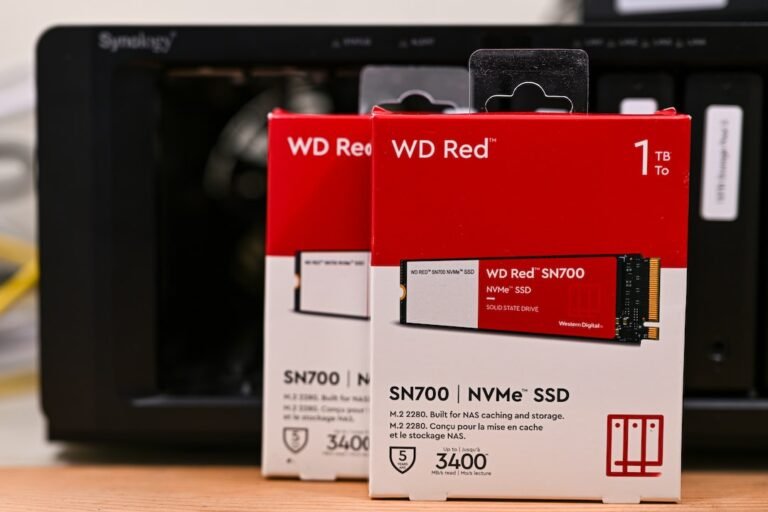Introduction
Have you ever wondered how secure your internet connection really is? With the increasing popularity of fiber routers and high-speed internet, it has become more important than ever to prioritize the security of your network. In this article, we will explore the essential steps you need to take to protect your internet connection and ensure the safety of your personal data. From internet security measures to encryption for fiber routers, we will cover it all. So, let’s dive in and learn how to safeguard your digital world!
Understanding Internet Security Measures
Before we delve into fiber router security essentials, let’s first understand the importance of internet security measures. With the constant threat of cyber attacks and data breaches, it is crucial to implement effective security measures to protect your network and devices. Here are a few key measures you should consider:
Firewalls: A firewall acts as a barrier between your network and the outside world. It monitors incoming and outgoing internet traffic, blocking potentially harmful data packets and unauthorized access attempts.
Antivirus Software: Antivirus software scans your devices for malware, including viruses, worms, and Trojan horses. It helps detect and remove malicious programs, protecting your devices from potential threats.
Strong Passwords: Creating strong and unique passwords for your network and devices is a fundamental security practice. Avoid using easily guessable passwords and consider using password managers to securely store and generate passwords.
- Firmware Updates: Regularly updating the firmware on your fiber router is crucial, as it provides patches for known vulnerabilities and enhances overall security. Check for firmware updates from your router manufacturer’s website or through the router’s admin settings.
Now that we have a clear understanding of internet security measures, let’s dive into the specific essentials for securing your fiber router.
Fiber Router Security Essentials
Protecting your fiber router is vital to ensure the security of your internet connection. Here are the essential steps you need to take:
1. Change the Default Login Credentials
When you first set up your fiber router, it usually comes with default login credentials. These are widely known and easily accessible to potential attackers. Changing the default username and password is the first step in securing your router. Choose a strong password and avoid using common phrases or easily guessable information. Remember to update your router password periodically to maintain high security levels.
2. Enable Network Encryption
Network encryption is essential for protecting your data as it travels between your devices and the internet. Most fiber routers support WPA2 (Wi-Fi Protected Access II) encryption, which provides a secure connection. To enable WPA2 encryption, access your router’s settings through a web browser and navigate to the wireless security settings. Choose the highest level of encryption available (WPA2-PSK, AES) and create a strong network password.
3. Disable Remote Management
Remote management allows you to access your router’s settings from outside your network. While this can be convenient, it also opens up potential security risks. Disabling remote management ensures that only devices connected to your network can access and configure your router.
4. Enable MAC Address Filtering
Every device connected to the internet has a unique MAC (Media Access Control) address. Enabling MAC address filtering on your fiber router allows you to create a whitelist of devices that are allowed to connect to your network. This adds an extra layer of security by preventing unauthorized devices from accessing your network.
5. Utilize a Guest Network
Most modern fiber routers offer the option to set up a guest network. This separate network allows visitors to connect to the internet without accessing your main network. By allocating a separate SSID and password for the guest network, you can control access and protect your main network from potential security breaches.
6. Keep Your Router’s Firmware Updated
As mentioned earlier, keeping your router’s firmware up to date is crucial for maintaining a secure network. Manufacturers release firmware updates to address known security vulnerabilities and improve performance. Regularly check for updates and install them as soon as they become available.
7. Disable UPnP (Universal Plug and Play)
UPnP is a protocol that allows devices on your network to automatically discover and interact with each other. While convenient, UPnP can also pose security risks by exposing vulnerable services to the internet. Disabling UPnP prevents potential attackers from exploiting this protocol.
Conclusion
Your internet connection is a gateway to the online world, and securing it should be a top priority. By following the fiber router security essentials outlined in this article, you can enhance the protection of your network and safeguard your personal data. From changing default login credentials to enabling network encryption and keeping your firmware updated, these steps will significantly improve the security of your internet connection. Remember, taking proactive measures today can save you from potential headaches tomorrow.
FAQ
Q: How do I set up my home network?
A: Setting up a home network involves connecting devices to a central router that serves as the hub for your internet connection. To learn more about the process, check out our comprehensive guide on home network setup.
Q: What should I do if I experience issues with my router?
A: Router troubleshooting can help resolve common connectivity issues. For a detailed troubleshooting guide, visit our article on router troubleshooting.
Q: How can I improve the security of my wireless router?
A: In addition to the fiber router security essentials mentioned earlier, you can further strengthen the security of your wireless router by implementing measures like disabling WPS (Wi-Fi Protected Setup), using strong encryption, and regularly updating your router’s firmware.
Q: Can I use a VPN with my fiber router?
A: Yes, you can set up a VPN (Virtual Private Network) on your fiber router to enhance security and privacy. This allows you to encrypt your internet traffic and protect your online activities from prying eyes.
Q: Can I integrate my fiber router with smart home devices?
A: Yes, most fiber routers support smart home integration, allowing you to control and manage your smart devices through a single interface. This enhances convenience and connectivity within your smart home ecosystem.
Further Reading
| Website | Description |
|---|---|
| Wireless Router Security: Protecting Your Home Network | Learn more about securing your wireless router |
| Fiber Routers: Choosing the Best Option for High-Speed Internet | Explore the best fiber routers on the market |




